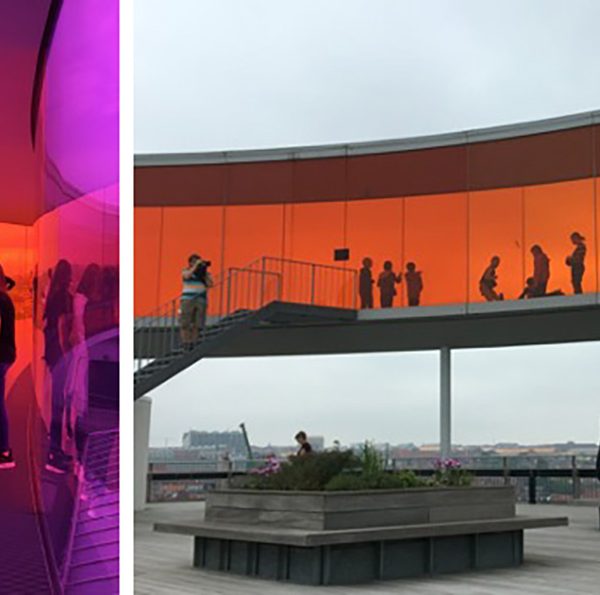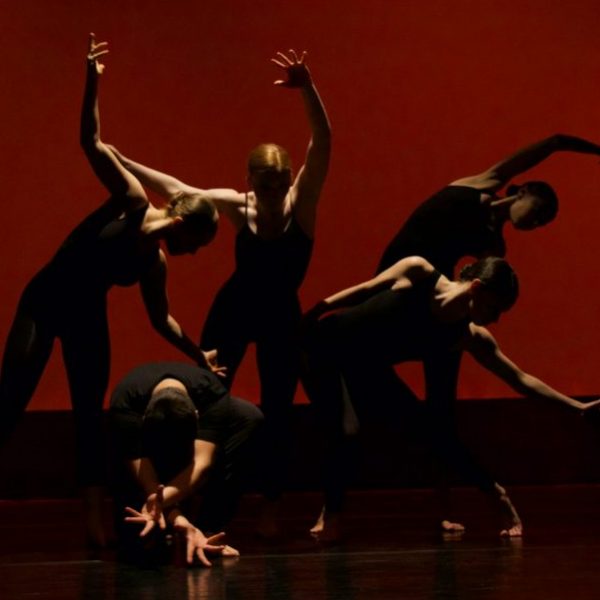A Personal Canon: Abigail McEwen on Five Influential Texts
Juan A. Martínez, Cuban Art and National Identity: The Vanguardia Painters, 1927-1950 (1994)
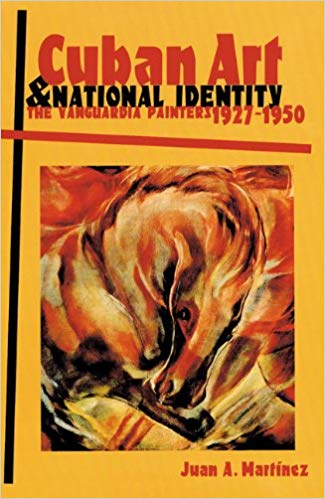
In his classic account of Cuba’s historic vanguardia generation, Martínez developed a social history of modern Cuban art that remains a standard reference today. Published fifty years after the seminal exhibition, Modern Cuban Painters (Museum of Modern Art, 1944), introduced these artists to the United States, Martínez’s volume illuminated the cultural and political complexities of Cuban modernism, moving beyond well-worn tropes of palm-treed paradise. This period of Cuban art continues to be understudied, for reasons ideological and otherwise, but Cuban Art and National Identity—along with Martínez’s many subsequent books and exhibition catalogues—foundationally defined a new Cuban art history.
Mari Carmen Ramírez, Héctor Olea, and Tomás Ybarra-Frausto, editors, Resisting Categories: Latin American and/or Latino? (2012)
José Veigas, Cristina Vives, Adolfo V. Nadal, Valia Garzón, and Dannys Montes de Oca, editors, Memoria: Cuban Art of the 20th Century (2002)
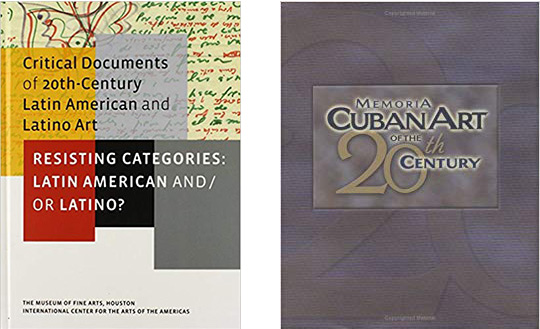
These two, behemoth volumes speak to an ongoing archival impulse in Cuban and Latin American art history. Long marginalized in academia and in museums, the discipline has addressed its scant and fragmentaryhistory—no less, the fragility and insecurity of many of its archives—by directing significant resources to documentation and historiography. A landmark publication, Memoria compiled artist biographies—crucially including Cubans from both the island and the diaspora—and extensive exhibition records, encompassing detailed participant and prize lists and excerpted reviews. Resisting Categories, which complements the Documents of 20th-century Latin American and Latino Art digital archive, anthologized critical, interdisciplinary texts spanning the emergence and identity of the field. An ongoing collaboration with teams of scholars and institutions throughout the Americas, the Documents Project continues to recover and digitize primary sources—more than 8,000 to date, from unpublished artists’ writings and notebooks to rare exhibition catalogues—and to make them freely available online. A tremendous and far-reaching service to the field, these documentary initiatives have established a robust foundation for future generations of research and scholarship.
Gerardo Mosquera, editor, Tercera Bienal de la Habana ‘89 (1989)
This Bienal capped a transformative decade in Cuban art, led by the young artists who coalesced around the Volumen Uno exhibition (1981) and who embraced their island’s positionality within the “Third World.” Its focus on Latin America, Africa, and Asia provided a sharp rebuke to the normative Western-centrism of art history, anticipating revisionist cartographies of post- and global modernism and, no less, the onslaught of biennials in today’s Global South. The signal importance of the third Bienal has already been recognized by a dedicated volume edited by Rachel Weiss, Making Art Global (Part 1): The Third Havana Biennial 1989 (London: Afterall Books, 2011), which includes period texts as well as contemporary reflections and interviews.
Mari Carmen Ramírez and Héctor Olea, editors, Inverted Utopias: Avant-Garde Art in Latin America (2004)
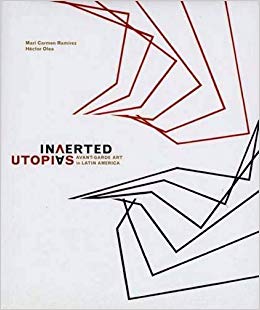
Inverted Utopias presented a new paradigm of Latin American modernism no longer subordinate to European models and freed from invidious stereotypes, from social realism to the ever-present “Fridamania.” A watershed exhibition, it conveyed the breadth and audacity of Latin American avant-gardes across six thematic “constellations,” spurning the traditional survey format and its geographical and chronological logic. The exhibition’s emphasis on abstraction and conceptualism, particularly in the 1920s and the 1960s, was a harbinger for the field, which has doubled down on precisely these movements and periods over the past fifteen years. The substantial and lavishly illustrated catalogue, with essays from specialists across the Americas and selections of primary-source documents, remains an essential sourcebook.
Abigail McEwen is associate professor of Latin American art history at the University of Maryland, College Park. Her publications include Revolutionary Horizons: Art and Polemics in 1950s Cuba and Zilia Sánchez: Soy Isla.

Bibliography
Martínez, Juan A. Cuban Art and National Identity: The Vanguardia Painters, 1927-1950. Gainesville, Florida: University Press of Florida. 1994.
Mosquera, Gerardo, ed. Tercera Bienal de la Habana ‘89. Havana: Centro de Arte Contemporáneo Wifredo Lam and Editorial Letras Cubanas. 1989.
Ramírez, Mari Carmen and Héctor Olea, eds. Inverted Utopias: Avant-Garde Art in Latin America. New Haven: Yale University Press. 2004.
Ramírez, Mari Carmen, Héctor Olea, and Tomás Ybarra-Frausto, eds. Resisting Categories: Latin American and/or Latino? New Haven: Yale University Press. 2012.
Viegas, José, Cristina Vives, Adolfo V. Nadal, Valia Garzón, and Dannys Montes de Oca, eds., Memoria: Cuban Art of the 20th Century. Los Angeles: California/International Arts Foundation. 2002.

























